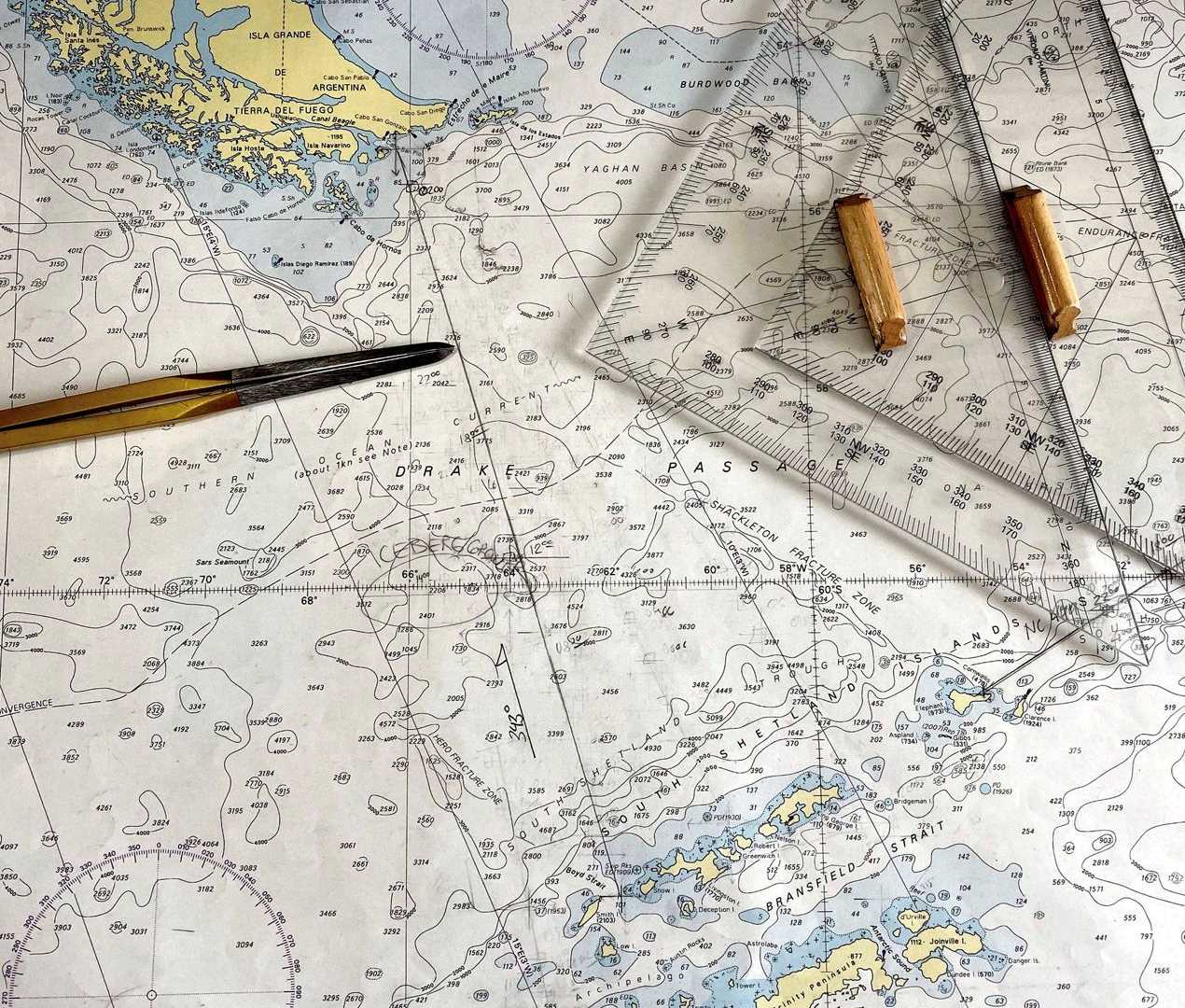Departing Ushuaia and South America, National Geographic Orion sailed south-southeast en route to our first landing: extraordinary numbers of charismatic wildlife, breathtaking scenery of incomprehensible scale. Before arriving at the Antarctic Peninsula, however, we must cross the Drake Passage and officially enter the Southern Ocean.
Better known for dynamic and trying conditions, today’s Drake Passage was surprisingly mild-mannered and kind. All aboard were able to engage in a series of presentations about photography, regional marine science, and visitor regulations in the seventh continent, enjoy time on deck, and undertake biosecurity cleaning of their boots, jackets and packs. Learning about the Antarctic Circumpolar Current – the largest ocean current on the planet – only enhanced our respect for the dynamic nature of the region and the power of the waters across which we currently sail.
The band of latitudes between South America and Antarctica is the only zone where the ocean circles the globe unblocked by land; until roughly 30 million years ago, such a channel did not exist and the well-recognized glacial climate of modern Antarctica was not established. Flowing from west to east, the Antarctic Circumpolar Current transports about 150 times the flow of all the world's rivers combined, about 160 million cubic meters of water every second! It is structured in jets of higher velocity (50 centimeters per second or more) with slower areas between, creating zones with different chemical and ecological characteristics. Simply by towing a plankton net, early oceanographers could determine which portion of the current they were in by the presence or absence of particular species of krill.
Seabirds and marine mammals gather in the Southern Ocean along its rocky remote islands and the mainland shores to sustain their feeding, breeding and rearing seasons. Those of us with binoculars in hand identified three species of albatross and no less than six types of petrels and shearwaters close to the ship today. Tomorrow’s landing in the South Shetland Islands will certainly diversify the fauna we observe, and whales are common where the deep seafloor rises to the edge of the continental shelf.
Beyond its vast ecological value, the cold, dense waters formed along the edge of the Antarctic continent sink and spread throughout the world’s oceans, comprising more than 50 percent of the total volume. Carrying essential dissolved oxygen, sinking water from the Southern Ocean acts as the “lungs” of the deep sea. Simultaneously, great quantities of anthropogenic carbon dioxide are sequestered from the atmosphere by the high biological productivity. We are privileged to be traveling through an area of fascinating complexity and critical environmental importance and can’t wait to explore and experience first-hand all Antarctica has to offer!







